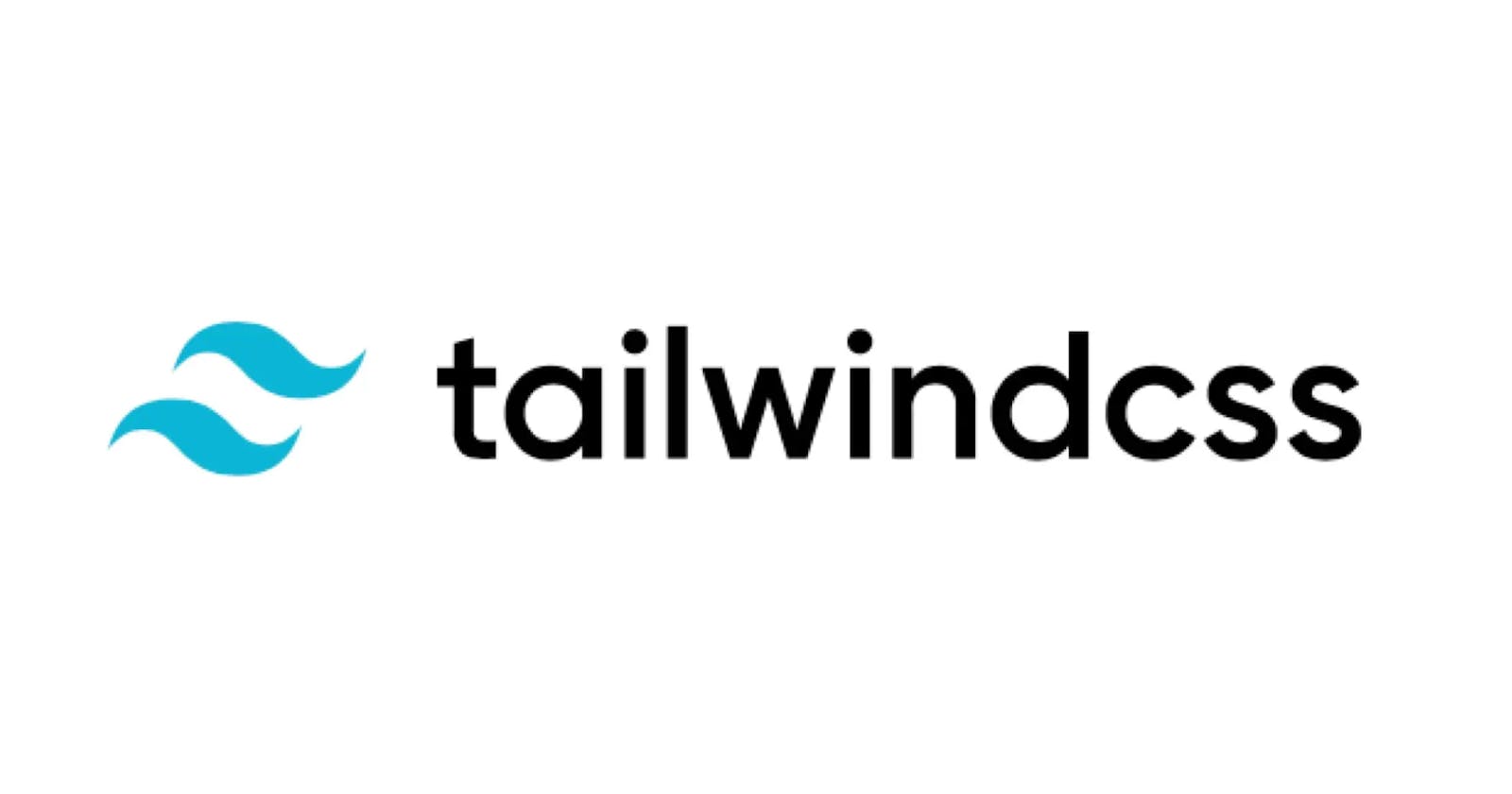The ever-evolving world of frontend development presents numerous CSS frameworks and libraries to choose from, each with its unique features and selling points. One of these popular choices is TailwindCSS, a highly customizable and utility-first CSS framework that has garnered a significant following. This blog post delves into the world of TailwindCSS, discussing its pros and cons, and comparing it to other popular CSS options.
TailwindCSS: Pros
Utility-first approach: The utility-first design allows developers to create highly customized designs without having to write a single line of CSS. This approach promotes faster and more consistent development, as developers can apply utility classes directly in their HTML markup.
Customizable and extensible: TailwindCSS is highly customizable, allowing you to configure every aspect of the design, such as colors, spacing, typography, and more. You can even create custom utility classes to suit your specific needs.
Responsive design: Responsiveness is baked right into the framework, making it easy to create responsive designs with minimal effort. TailwindCSS uses a mobile-first approach, making it a breeze to cater to various devices and screen sizes.
Encourages reusability and consistency: Since TailwindCSS relies on utility classes, developers can reuse existing classes in different parts of the application, ensuring a consistent look and feel throughout the project.
Large community and ecosystem: The popularity of TailwindCSS means that you have access to a wealth of resources, tutorials, and third-party plugins, making it easier to find help and extend the framework.
TailwindCSS: Cons
Steep learning curve: The utility-first approach and numerous classes in TailwindCSS might be overwhelming for newcomers. Developers accustomed to traditional CSS or other CSS frameworks may need time to adapt to this new paradigm.
Verbose HTML markup: As a result of the utility-first approach, the HTML markup can become cluttered with many classes, making it harder to read and maintain.
Potential for larger bundle sizes: If not properly managed, the generated CSS file can become quite large, which can negatively impact performance. However, this can be mitigated by using tools like PurgeCSS to remove unused styles.
Comparing TailwindCSS to Other CSS Options
Bootstrap: As one of the most popular CSS frameworks, Bootstrap offers a more opinionated and pre-styled approach. This makes it easier to create consistent designs quickly but offers less flexibility compared to TailwindCSS. Bootstrap is better suited for rapid prototyping, while TailwindCSS excels in creating highly customized designs.
Bulma: Similar to Bootstrap, Bulma is a pre-styled CSS framework with a more semantic approach to class naming. While it offers customization options, TailwindCSS has a more granular level of customization and is better suited for utility-first development.
Styled-components: Unlike the previous frameworks, styled-components is a CSS-in-JS library that focuses on styling components directly in JavaScript. This approach is favored in component-driven development (like React), but some developers may prefer the separation of concerns provided by TailwindCSS.
Custom CSS/SCSS: Using custom CSS or a preprocessor like SCSS offers complete control over styling but requires more manual work to create a consistent design system. TailwindCSS combines the flexibility of custom CSS with a built-in design system, speeding up development.
TailwindCSS has positioned itself as a highly customizable and utility-first CSS framework that promotes faster development and a consistent design system. While it may have a steeper learning curve and can lead to verbose HTML, its benefits outweigh the drawbacks for many projects. When compared to other CSS options, TailwindCSS stands out due to its flexibility, extensibility, and focus on utility-first development. Ultimately, the choice between TailwindCSS and other CSS options depends on the specific needs of your project and personal preference. If you're looking for a CSS framework that offers unparalleled customization and encourages a reusable, consistent design system, TailwindCSS might be the perfect fit for you. Take the time to explore this powerful framework and weigh the pros and cons before deciding which CSS solution is best for your frontend project.

